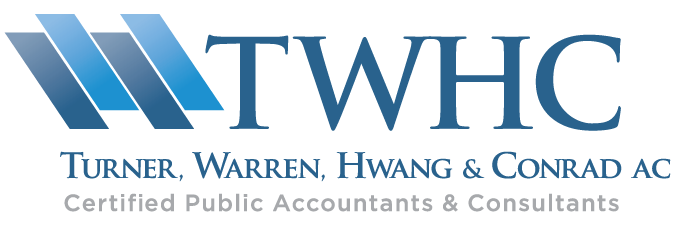Eligible Families Can Claim Tax Benefits Until Nov. 17th.
Starting in October, more than 9 million letters were sent out by the IRS to individuals and families who appear to qualify for a variety of key tax benefits – but did not claim them by filing a 2021 federal income tax return. Many in this group may be eligible to claim some or all of the 2021 Recovery Rebate Credit (RRC), the Child Tax Credit (CTC), the Earned Income Tax Credit (EITC), and other tax credits depending on their personal and family situation. The letter provides a brief overview of each of these three credits. As a reminder, these and other tax benefits were expanded under last year’s American Rescue Plan Act (ARPA) and other recent legislation.
Claiming the credits.
Many times, individuals and families can get these expanded tax benefits, even if they have little or no income from a job, business, or another source – but the only way to get the valuable benefits is to file a 2021 tax return.
Eligible people, especially families, may qualify for one or more of these valuable tax credits. They may still qualify for tax credits even if they aren’t required to file a tax return. Grandparents, foster parents, or people caring for siblings or other relatives should also check their eligibility to receive the 2021 Child Tax Credit. They might qualify – even if they haven’t qualified in the past. However, eligible individuals must file a 2021 federal tax return to receive the tax credit.
Who is Receiving the Letters?
The Treasury’s Office of Tax Analysis has identified individuals who don’t typically have a tax return filing requirement because they appear to have very low incomes, based on Forms W-2, 1099s, and other third-party statements available to the IRS. The letters are being sent as part of an ongoing effort to encourage people who aren’t normally required to file to look into possible benefits available to them under the tax law. Every year, people can overlook filing a tax return when they may be entitled to tax credits and a refund.
Free File to stay open until November 17.
It’s important to note that people can file a tax return even if they haven’t received their letter yet. There is no penalty for a refund claimed on a tax return filed after the regular April 2022 tax deadline. As a reminder, the fastest and easiest way to get a refund is to file an accurate return electronically and choose direct deposit.
To help people claim these benefits without charge, Free File will remain open for an extra month this year until November 17, 2022. Available only at IRS.gov/freefile, Free File enables people whose incomes are $73,000 or less to file a return online for free using brand-name software. Please contact the office immediately for assistance if you need help understanding how to claim these credits.
Individuals whose incomes are below $12,500 and couples whose incomes are below $25,000 may be able to file a simple tax return to claim the 2021 Recovery Rebate Credit – which covers any stimulus payment amounts from 2021 they may have missed – and the Child Tax Credit. Individuals do not need to have children in order to use Get Your Child Tax Credit to find the right filing solution for them.
To recap, the three credits include:
- An expanded Child Tax Credit: Families can claim this credit, even if they received monthly advance payments during the last half of 2021. The total credit can be as much as $3,600 per child.
- A more generous Earned Income Tax Credit: The law boosted the EITC for childless workers. There are also changes that can help low- and moderate-income families with children. The credit can be as much as $1,502 for workers with no qualifying children, $3,618 for those with one child, $5,980 for those with two children, and $6,728 for those with at least three children.
- The Recovery Rebate Credit: Those who missed out on last year’s third round of Economic Impact Payments (EIP3) may be eligible to claim the RRC. Often referred to as stimulus payments, this credit can also help eligible people whose EIP3 was less than the full amount, including those who welcomed a child in 2021. The maximum credit is $1,400 for each qualifying adult plus $1,400 for each eligible child or adult dependent.
Many filers may also qualify for two other benefits with a tax return filed for 2021:
- An increased Child and Dependent Care Credit: Families who pay for daycare so they can work or look for work can get a tax credit worth up to $4,000 for one qualifying person and $8,000 for two or more qualifying persons.
- A deduction for gifts to charity: Most tax filers who take the standard deduction can deduct eligible cash contributions they made during 2021. Married couples filing jointly can deduct up to $600 in cash donations, and individuals can deduct up to $300 in donations. In addition, itemizers who make large cash donations often qualified to deduct the full amount in 2021.
Claiming these credits does not affect the ability of someone to be eligible for federal benefits like Supplemental Security Income (SSI), Supplemental Nutrition Assistance Program (SNAP), Temporary Assistance for Needy Families (TANF), and the Special Supplemental Nutrition Program for Women, Infants, and Children (WIC). Claiming these credits also does not affect an individual’s immigration status, ability to get a green card, or immigration benefits.
Please call if you have any questions about these and other tax credits you may be entitled to in 2021.





